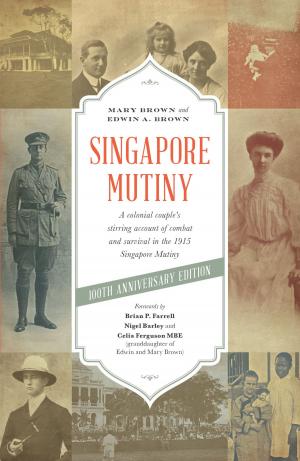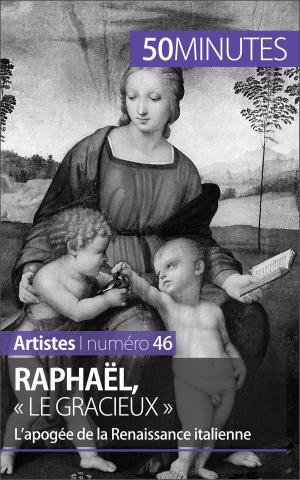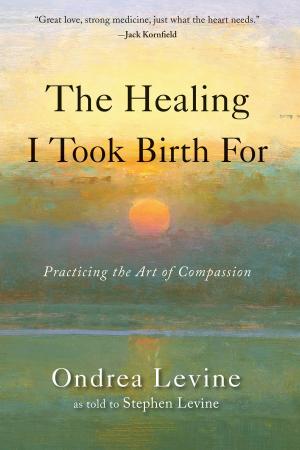| Author: | Gail Tredwell | ISBN: | 9780989679411 |
| Publisher: | Wattle Tree Press | Publication: | October 25, 2013 |
| Imprint: | Language: | English |
| Author: | Gail Tredwell |
| ISBN: | 9780989679411 |
| Publisher: | Wattle Tree Press |
| Publication: | October 25, 2013 |
| Imprint: | |
| Language: | English |
Amma, universally known as "The Hugging Saint," went through a two-decade transformation from a simple fisherman's daughter to an international wonder worshiped by millions. Gail "Gayatri" Tredwell was there every step of the way—from early devotee to head female disciple, ever-present personal attendant, handmaiden, whipping post, and unwilling keeper of some devastating secrets. At age nineteen, when she was a happy-go-lucky, adventurous lass from Australia, Tredwell never imagined that she would soon be trading her free spirit and skimpy clothing for a life of submission in an ankle-length sari. Her eager decision to serve the young "saint" began with innocence and a pure desire to please her new guru. In time, the relationship transformed into virtual enslavement in which Tredwell was on call 24/7 and worked herself nearly to death in the hope of finding God. Because she became fluent in the Malayalam language and had continual intimate proximity to Amma for twenty years, Tredwell is uniquely capable of portraying this famous woman. She tells her tale with straightforward honesty, fairness, and a dash of Aussie snap and wit. Although the guru’s flaws are a necessary part of her story and awakening, she strives to be factual throughout, digging deep to eschew victim frameworks and take responsibility for her own role in accepting the abuse and perpetuating the lies. The book evokes the joys of early devotional life and vibrant images of rural India. Through Tredwell's eyes, we watch a modest and traditional ashram metastasize into a business-oriented, bustling, mega-international organization. We also see how such a dizzying rise created vast opportunity for abuse, deceit, and hypocrisy. Tredwell takes us vividly through her varying stages, starting with naïveté and innocent devotion, then on to dawning awareness and confusion, finally to emotional breakdown and her shocking "enlightenment"—her realization that the liberation she urgently required was is in fact liberation from her own guru. In a gradual yet determined struggle, she managed to untangle herself from the web of myth and indoctrination. Only then was she able to muster her battered but not quite broken spirit and plot her escape. Gail's flight to freedom—her victorious recovery from a life of abuse and disillusionment—displays extraordinary strength and inspiring courage.
Amma, universally known as "The Hugging Saint," went through a two-decade transformation from a simple fisherman's daughter to an international wonder worshiped by millions. Gail "Gayatri" Tredwell was there every step of the way—from early devotee to head female disciple, ever-present personal attendant, handmaiden, whipping post, and unwilling keeper of some devastating secrets. At age nineteen, when she was a happy-go-lucky, adventurous lass from Australia, Tredwell never imagined that she would soon be trading her free spirit and skimpy clothing for a life of submission in an ankle-length sari. Her eager decision to serve the young "saint" began with innocence and a pure desire to please her new guru. In time, the relationship transformed into virtual enslavement in which Tredwell was on call 24/7 and worked herself nearly to death in the hope of finding God. Because she became fluent in the Malayalam language and had continual intimate proximity to Amma for twenty years, Tredwell is uniquely capable of portraying this famous woman. She tells her tale with straightforward honesty, fairness, and a dash of Aussie snap and wit. Although the guru’s flaws are a necessary part of her story and awakening, she strives to be factual throughout, digging deep to eschew victim frameworks and take responsibility for her own role in accepting the abuse and perpetuating the lies. The book evokes the joys of early devotional life and vibrant images of rural India. Through Tredwell's eyes, we watch a modest and traditional ashram metastasize into a business-oriented, bustling, mega-international organization. We also see how such a dizzying rise created vast opportunity for abuse, deceit, and hypocrisy. Tredwell takes us vividly through her varying stages, starting with naïveté and innocent devotion, then on to dawning awareness and confusion, finally to emotional breakdown and her shocking "enlightenment"—her realization that the liberation she urgently required was is in fact liberation from her own guru. In a gradual yet determined struggle, she managed to untangle herself from the web of myth and indoctrination. Only then was she able to muster her battered but not quite broken spirit and plot her escape. Gail's flight to freedom—her victorious recovery from a life of abuse and disillusionment—displays extraordinary strength and inspiring courage.















